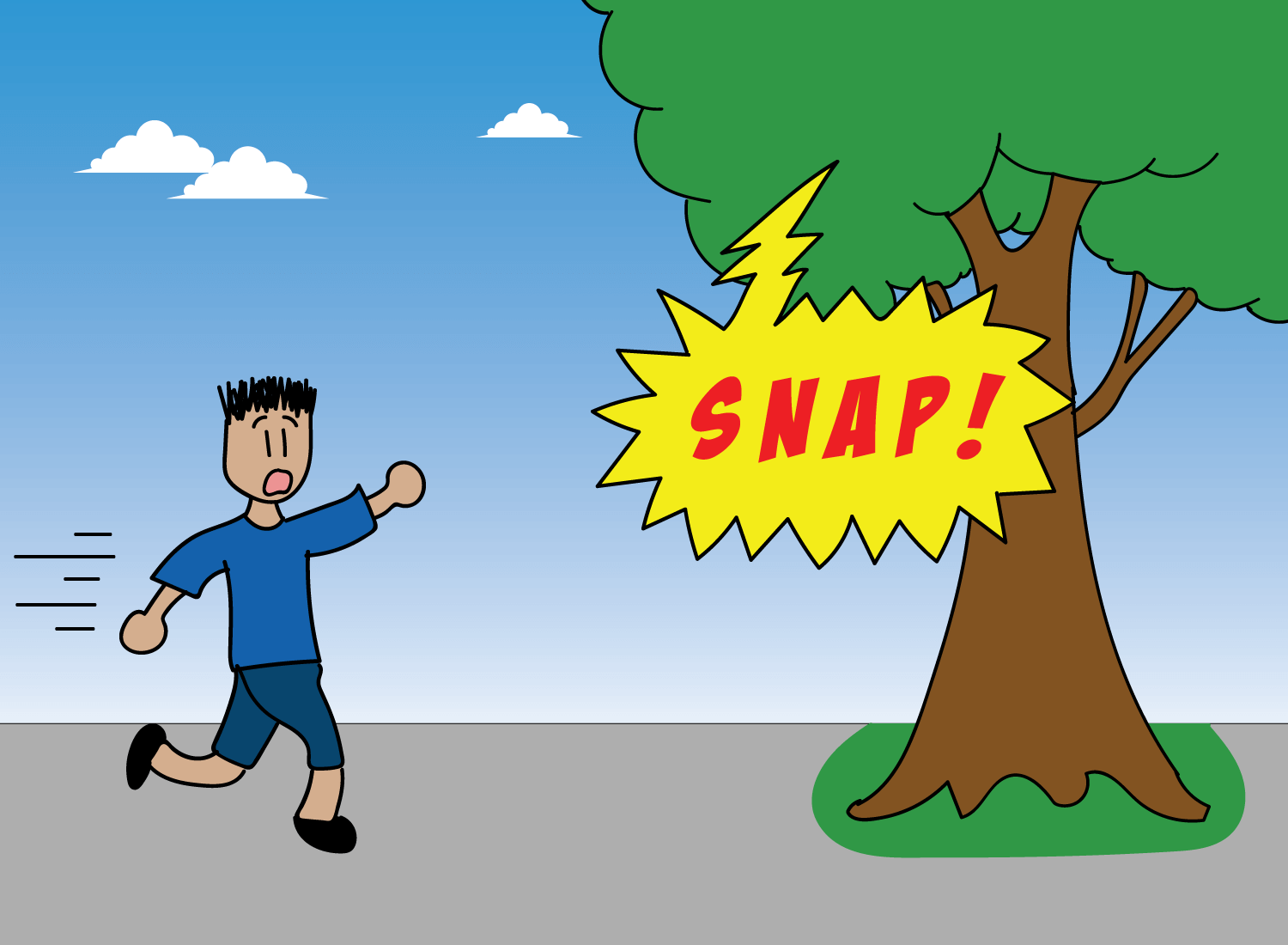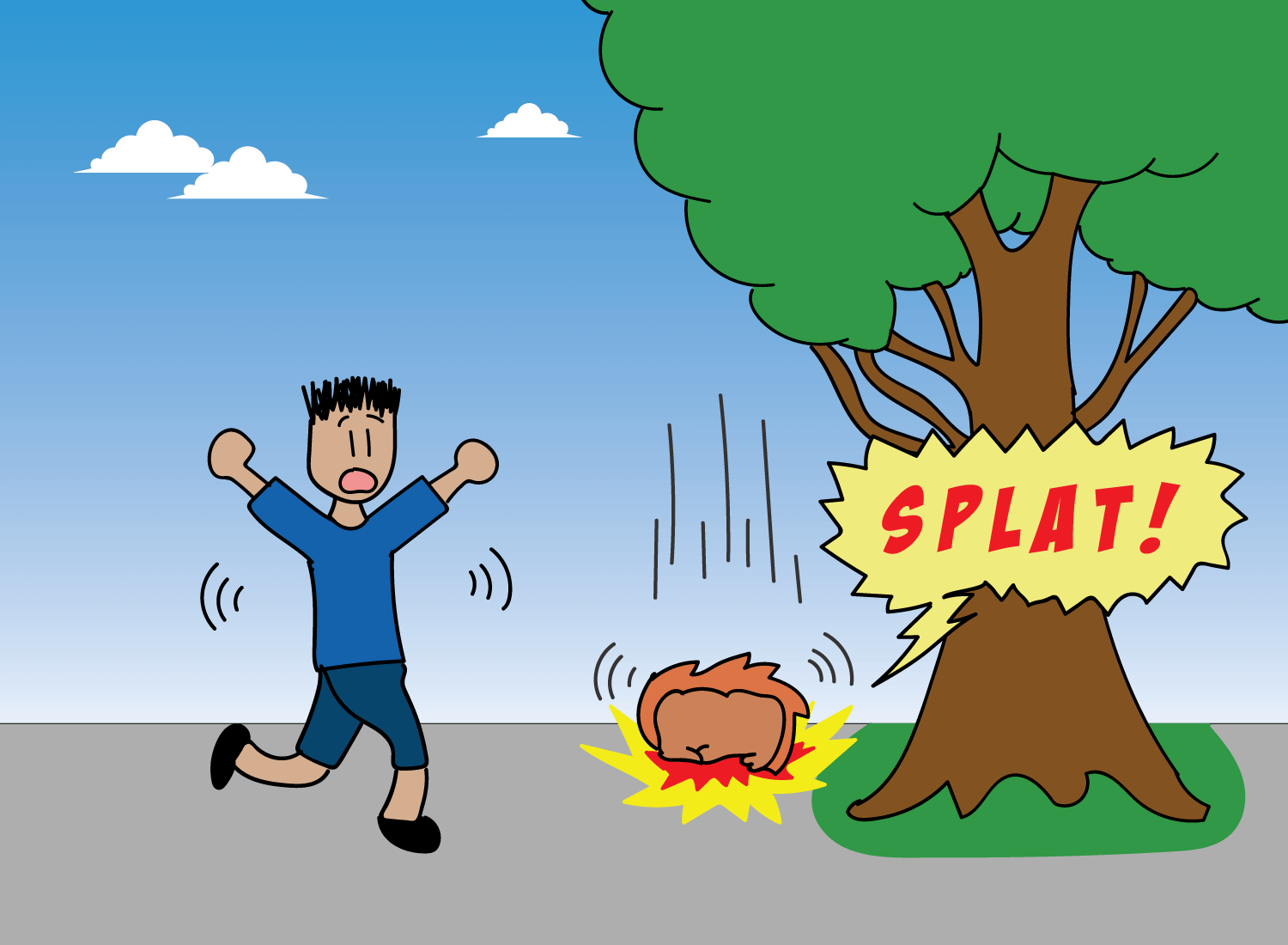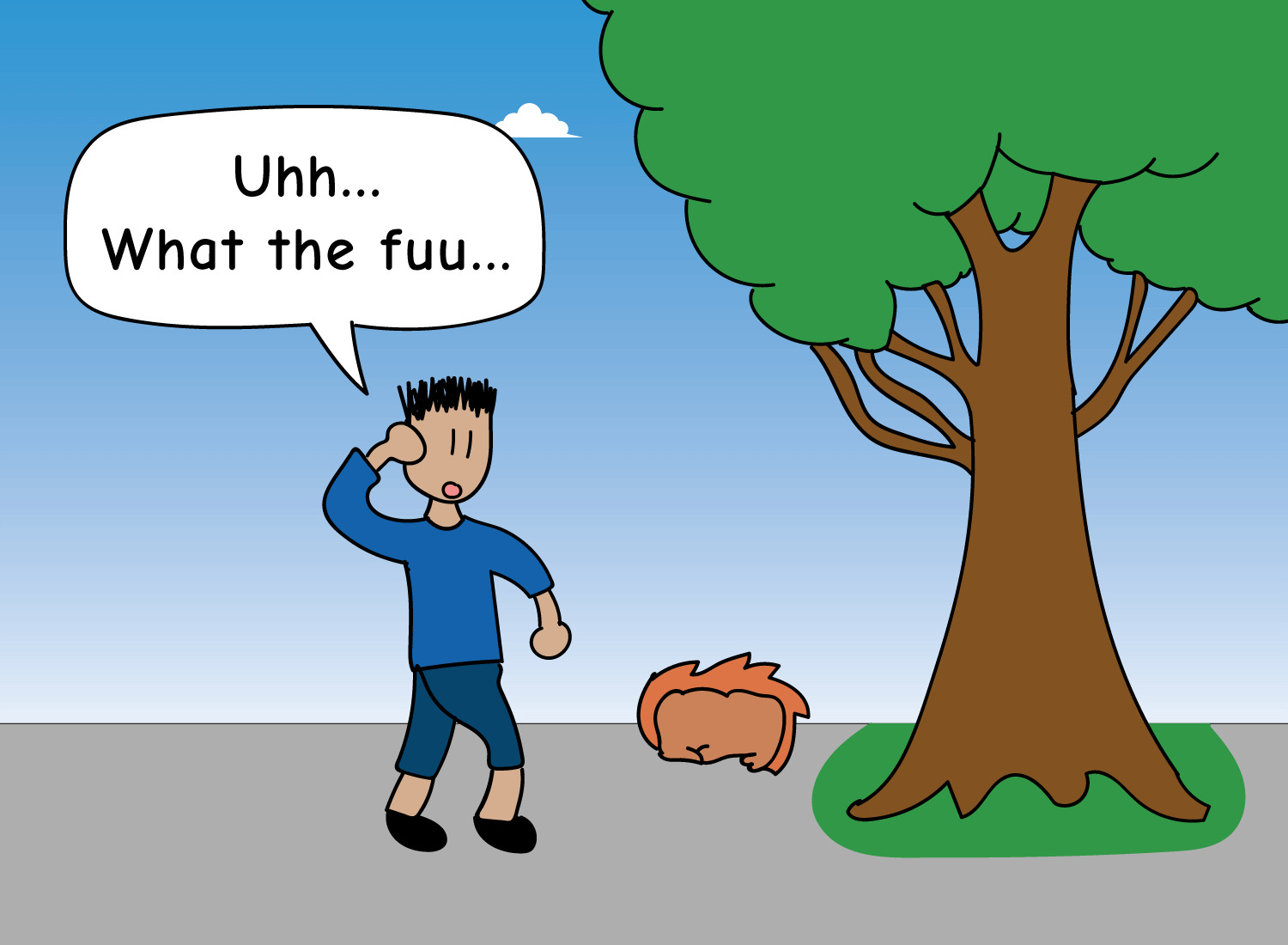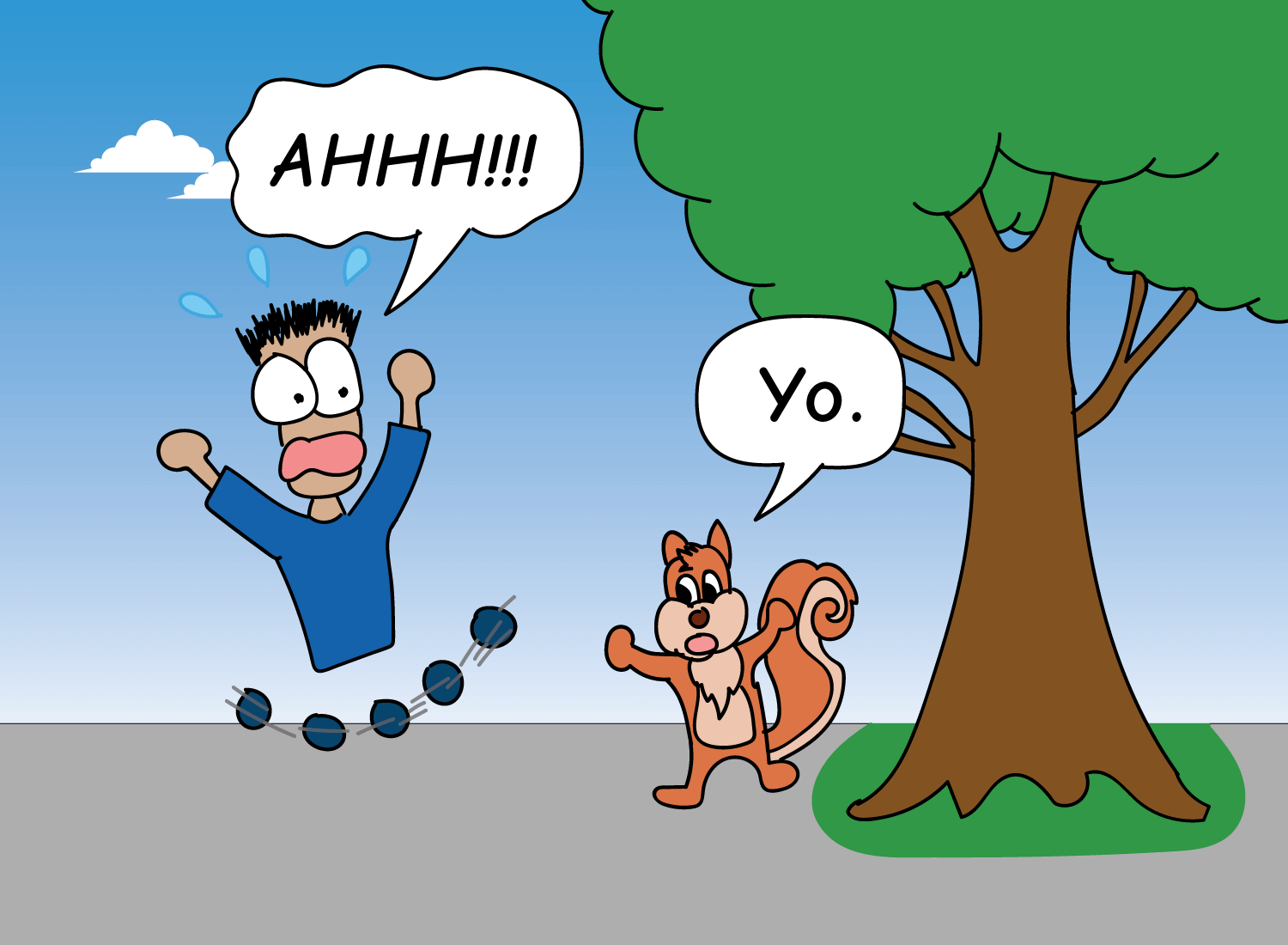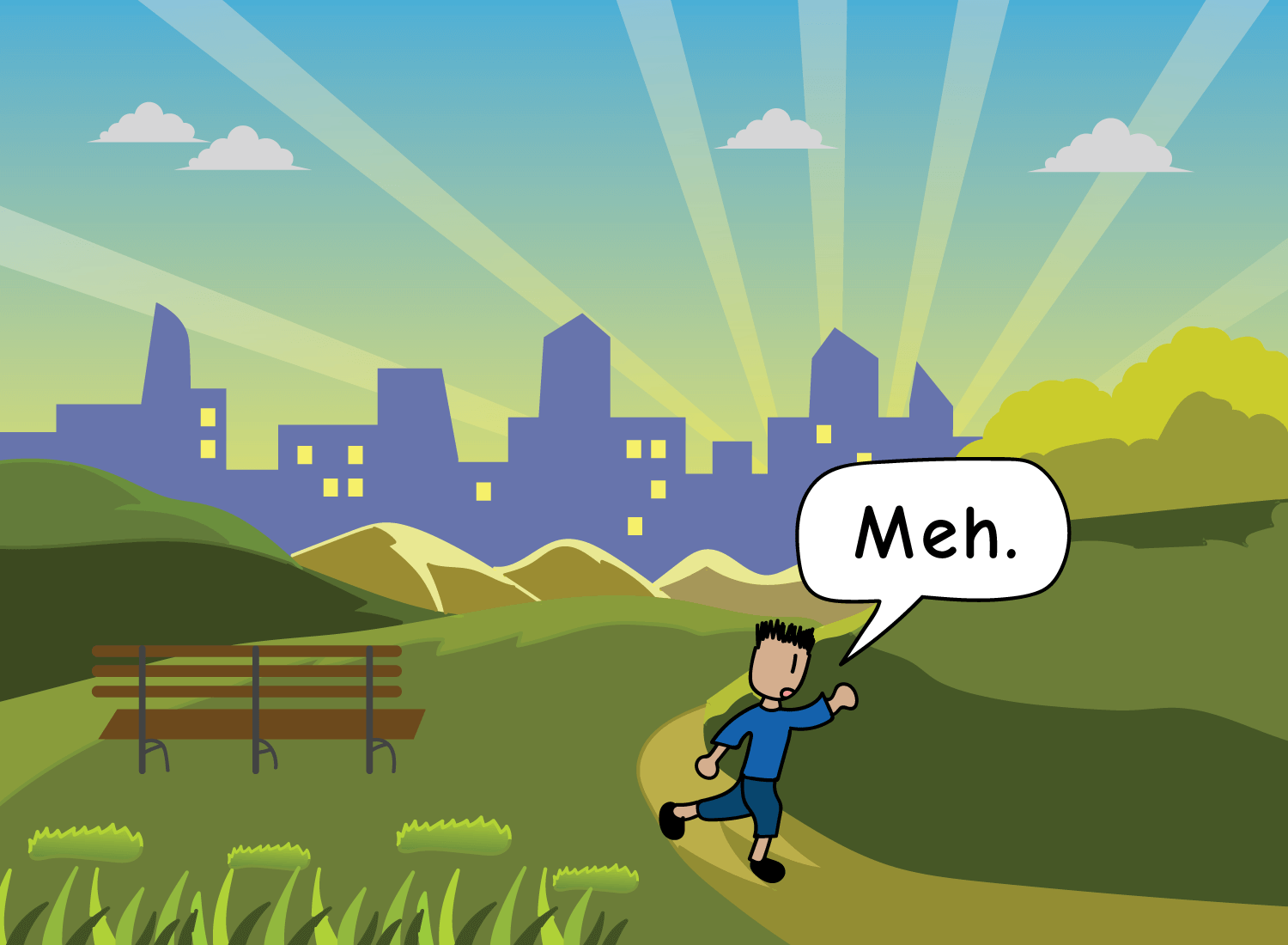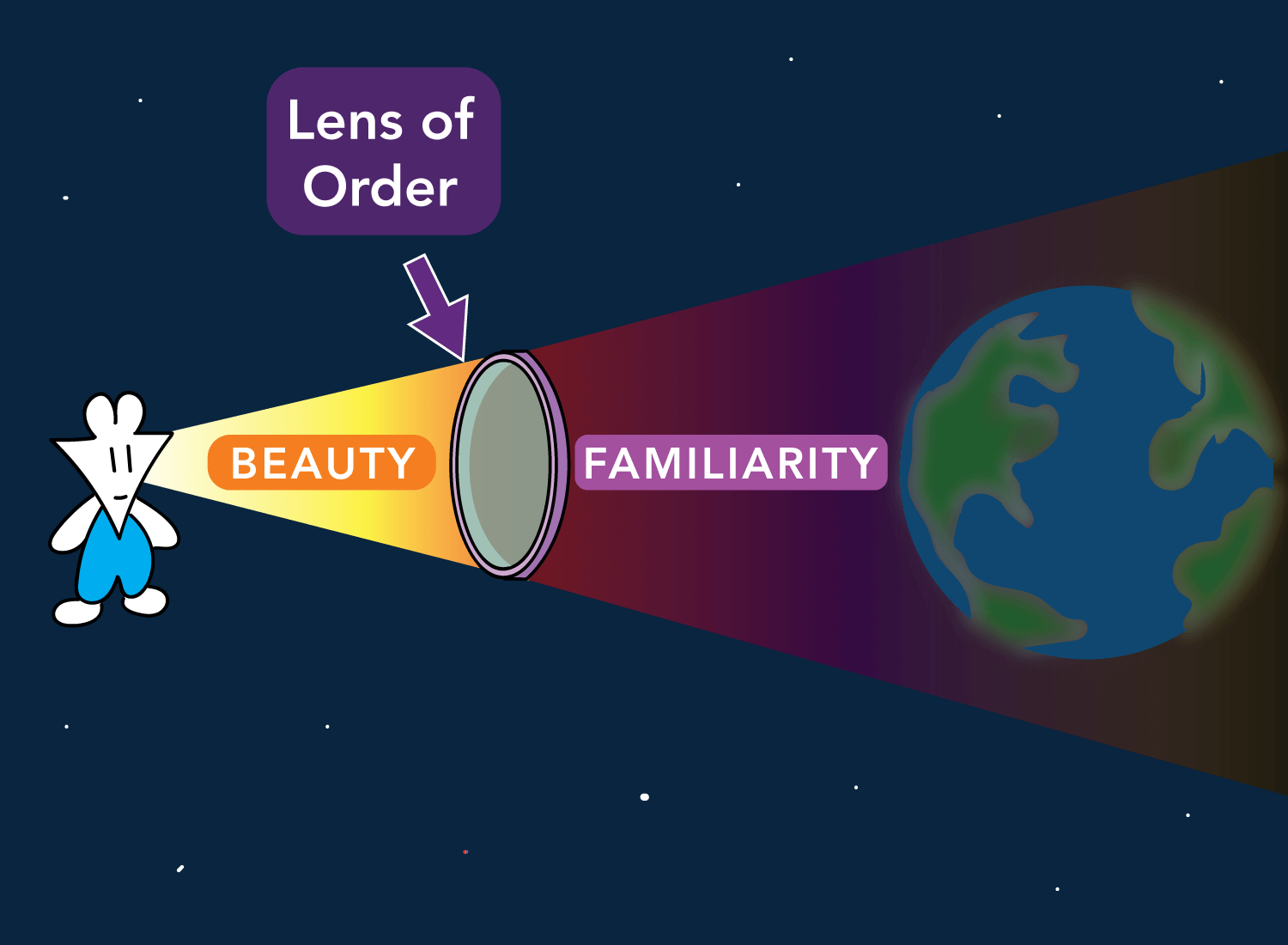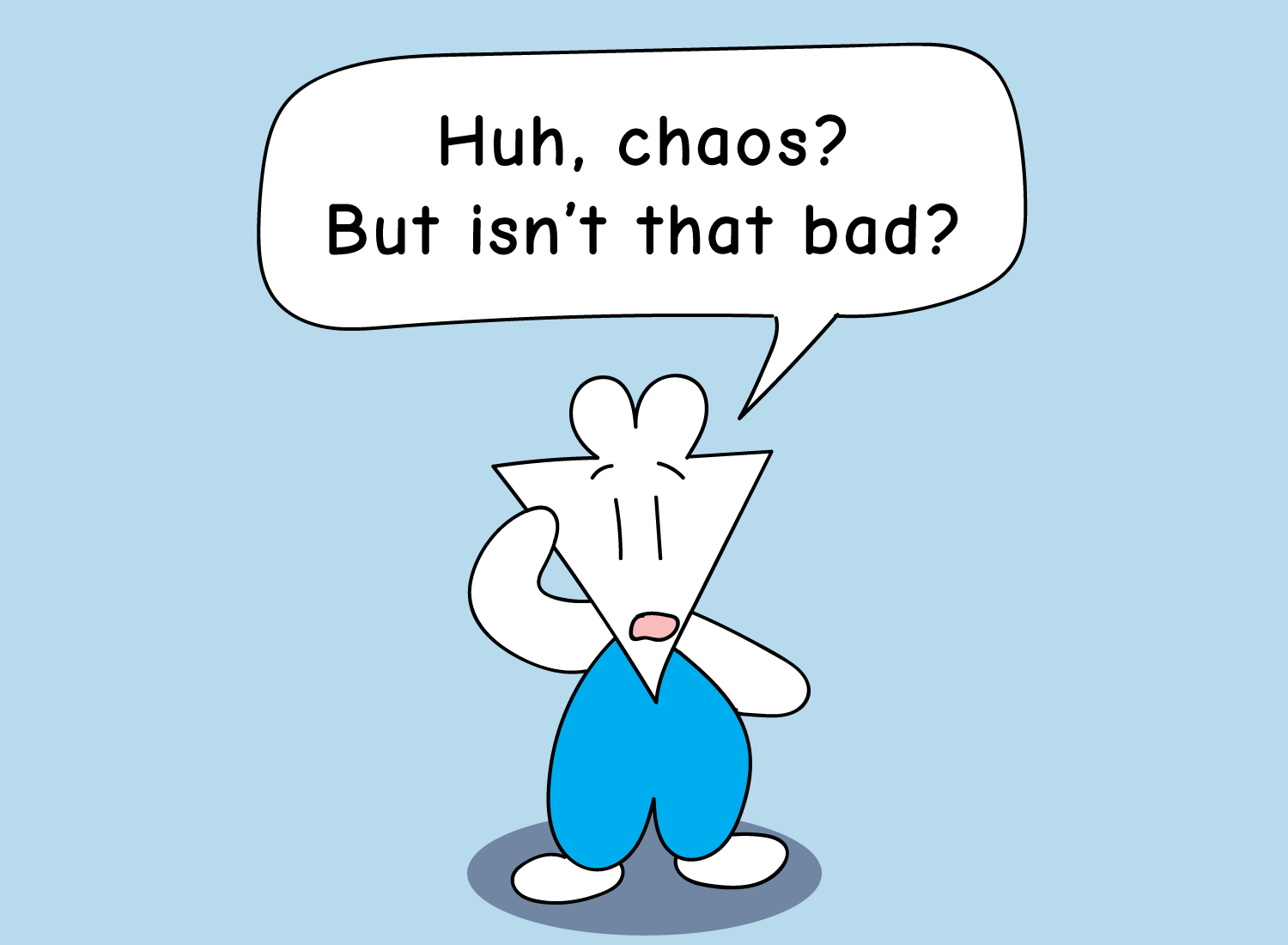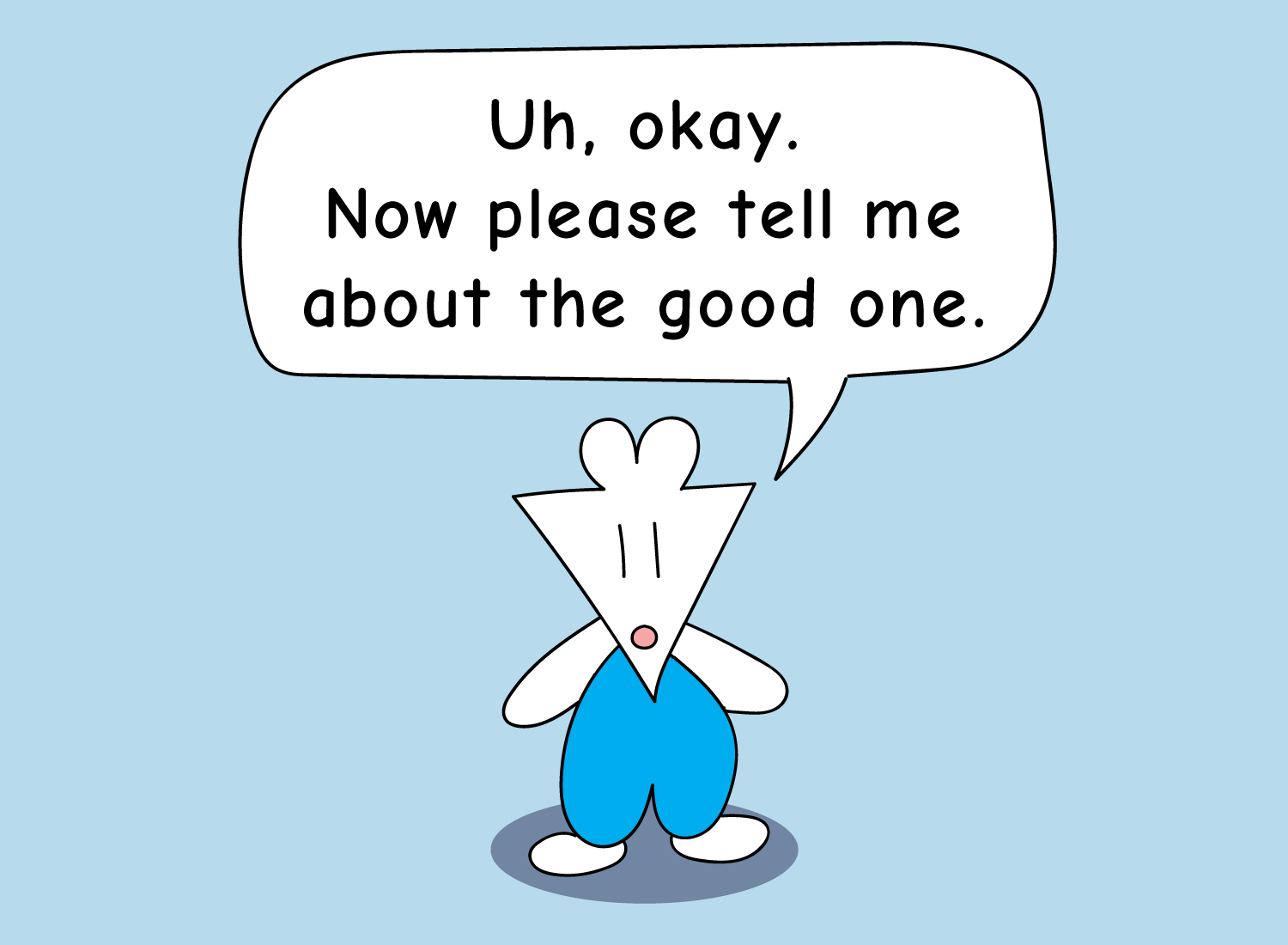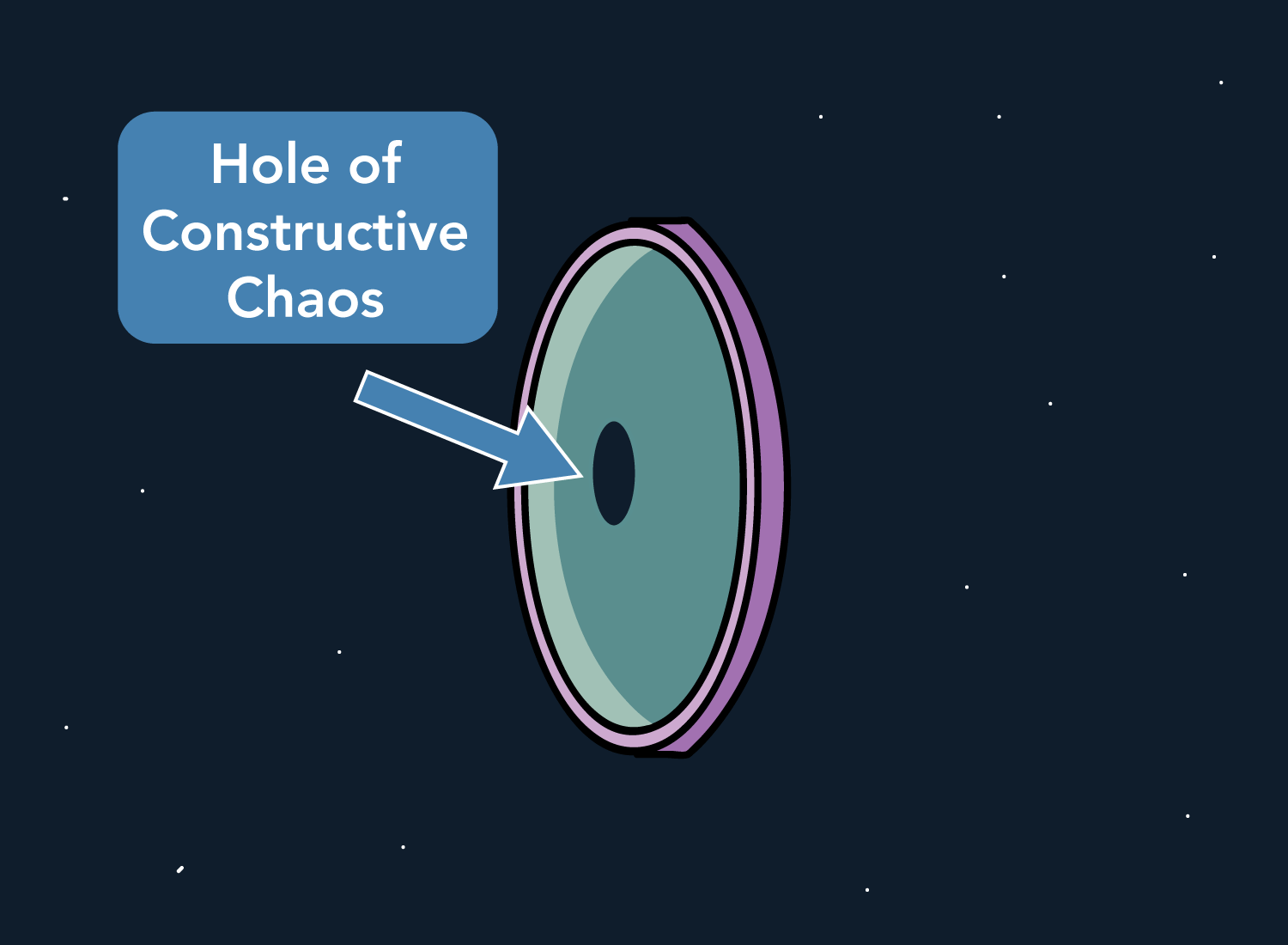The Mundane Is Beauty Without Wonder
Every morning, I go for a 30-minute run.
I pass the same houses, the same lawns, the same trees, and the same barking dogs that still haven’t figured out that I’m not much of a threat.
For the most part, each morning feels like a repeat of the previous one. The weather is fairly consistent, the surroundings don’t change much, and even the people I say hi to roam around at the same time.
But one morning, something odd happened.
As I was approaching a big tree that I’ve seen hundreds of times, I heard a sharp noise from somewhere high above.
This was followed by a series of tussling noises from the leaves, and shortly afterward, a heap of brown fluff smacked the concrete in front of me. Hard.
Startled, I slowed down to see what the hell it was.
But before I could take a good look, the fluffy heap suddenly produced four little feet, a brushy tail, and a tiny little head.
This fluffy mound turned out to be a squirrel, and this creature fell God-knows-how-far doing God-knows-what. On top of that, it failed to land properly, producing an epic thud that came from its body saying hi to the concrete floor.
But almost immediately upon impact, the squirrel got its act together. It leapt to its feet, noticed that I was headed toward him, and performed a magical jump back toward the tree that just betrayed him. In a matter of seconds, the squirrel shook off the incredible impact it took, figured out what to do next, and found its way back to safety.
At this point, I turned my head toward the squirrel to take a good look. It seemed to be doing just fine, nibbling on something that it held onto during its incredible fall. This squirrel should have been absolutely wrecked by gravity, writhing around on the concrete after having smacked it so hard. But no, it got up without a hitch, and used all its remaining energy to launch itself toward another branch.
As I recalibrated and continued onward with my run, a number of thoughts struck me about what just happened.
I was amazed by the speed of the squirrel’s reflexes and its athletic prowess. I was struck by how its body was able to withstand that force of impact, and wondered how it evolved to build this kind of physical resilience. I thought about how it was classified as a rodent, but it grew to have an elegance that we now instantly recognize.
All of a sudden, it became clear that this animal was an astounding inhabitant of the world.
This all might sound silly, but it only feels that way because we’ve familiarized ourselves with the presence of this animal. If I introduced you to a specimen you’ve never seen before, then you wouldn’t be able to conceal your surprise. However, the fact that we’ve seen many squirrels in our lifetime has led us to believe that their existence is merely a fact of this world. And the more we designate certain realities to be “mere facts,” the less wondrous they appear to be.
But during my run, an unusual event occurred. The literal fall of a squirrel was a novel thing to encounter, and for a moment, all my attention was focused on this life form. I observed how it behaved in the context of this strange circumstance, and this elevated my awareness of how unique and incredible this creature actually was.
When I think about our lives as a whole, I find that a similar dynamic exists.
Our days are generally defined by a sense of order, which are fulfilled by habits, patterns, and norms. Order is found in our morning routines. It’s in the way we make our meals. It’s in the civility we show to our colleagues.
Order brings about a sense of stability, but the downside is that filters our perspectives through the lens of familiarity. When we develop a regular cadence to the events of life, we tend to follow the rhythm of the beat but tune out all the changes in melody.
For example, each of my mornings is defined by a run (the beat), but I don’t really care for the things I encounter during the course of the run (the melody). All that matters is that I get the run done to start my day, as the fulfillment of the routine is what’s on top of mind. Everything else – like the swaying of the trees, the behavior of the animals, and the formation of the clouds – are mere contents of the run that I overlook because my attention isn’t focused on them. As a result, what I see in the natural world feels mundane because I’ve grown accustomed to their presence without ever stopping to take a closer look.
However, on the morning of the falling squirrel, my sense of order was disrupted. This disruption forced me to reframe the way I’ve always approached my run, and gave me the opportunity to actually observe some of its contents. All of a sudden, this animal I’ve seen hundreds of times became a marvelous specimen, and I was able to recognize the inherent beauty living within it.
This mention of inherent beauty is worth lingering on for a moment.
In an unconditioned mind – or a mind free from any social constructs – everything is full of beauty. One of the fundamental tenets of beauty is that it’s captivating, and you only have to spend one minute with a baby to see how everything is fascinating in its eyes. Every color is mind-boggling, every texture is interesting, and every leaf is worth studying. Each element of the world is beautiful on its own, and innately, our minds internalize this beauty with crystal clarity:
But the more we observe and experience, the more we try to find patterns. And the more we care about patterns, the less we care about the individual nodes that comprise them.
This categorization of life leads us to view the world through the lens of order. And as I said earlier, whenever we desire order, we care less about the details and want more of an overall trend.1 This familiarity with the details of life makes everything way less fascinating, and the contents of the world begin blending together to form one big mundane blur.
Order, however, is necessary. There’s just no way around it. Without it, our lives would spiral into disarray, and the only likely path would be one that’s headed toward destruction. Even though infants move about with endless fascination, their fascination is still held in check by boundaries set by their parents. Similarly, our sporadic curiosities have to be anchored by effortful work to produce anything meaningful.
The challenge is knowing how to keep the lens of order intact while allowing that inherent beauty to shine through. So how do we do this?
Well, interestingly enough, we have to introduce a bit of chaos into our lives.
Good question. One version of it is bad, another is great.
Let me explain.
The bad version is what I call destructive chaos. This is what we commonly associate the word with, and it conjures up images of mass confusion, societal breakdown, and personal suffering. It’s when the desire for disorder is driven by malicious intent, and its fundamental purpose is to tear someone down. You are aware that there are better solutions available, but your desire to impose suffering causes you to go for the most distressing option. Destructive chaos is often accompanied by violence, and is designed to shatter the entire lens of order in one fell swoop.
This shattering of the lens destroys its structure, causing every single ray of inherent beauty to be diverted away from the world.
As a result, the one practicing destructive chaos sees nothing wonderful about existence. Everything is seen as something to tear down, or something to be destroyed. The world is devoid of any beauty, and the mission is to keep it that way. It’s only natural that nihilism runs rampant here, and this kind of chaos only leads to a fog of perpetual darkness.
Yeah, let’s move onto that.
The good version is what I call constructive chaos. It’s when disorder is used to introduce a shock to your model of the world, allowing you to step back and observe things for what they truly are. It’s when you undo some of the patterns you’ve built up over time, and see some of the individual contents of the world with a stunning degree of clarity.
Without constructive chaos, we are constrained by the rigidity of order, which makes everything feel mundane. However, when the right amount of it is added, we feel challenged by the novelty, and use it to delve deeper into the unknown.
Perhaps the most widely recognized symbol of the interplay between order and chaos is this:
The yin (the black area) represents chaos, whereas the yang (the white area) represents order. There is an equal mix of the two within the entirety of the symbol, which points to the necessity of both forces to maintain balance.
The most profound part of the symbol, however, has to do with the small dots that are embedded in each opposing side. It’s an elegant way of stating that within order, there must be a seed of chaos, and within chaos, there must be a seed of order. One cannot exist without the other, or else life would either be too stale or too disorienting.
For example, let’s say a friend recommends a book. You buy it because it will likely be informative, but once you start reading it, you find that it’s utterly incomprehensible. There is no order to the chaos, so it does you no good, even if your friend found value in it.
On the flip side, let’s say you have a book you recommend often, but you’ve already read it twenty times. You’ve already extracted everything of value from the book, so there’s no use for it anymore, even if you know that the content is helpful. There is too much order without any chaos, so it’s boring and stale.
The best book would be the one that leverages your existing frameworks (order) to help you sort through challenging ideas that the author proposes (chaos). This type of balance is required for learning to flourish, and equips us with the right mindset to delve deeper into any given subject.
It turns out that this takeaway can be imported into the model we introduced earlier as well.
When inherent beauty is filtered through the lens of order, we view the world as a mundane blur. This is the default setting we tend to operate on, which is depicted by the below diagram once again:
To correct for this, we must introduce a little hole in the lens of order that looks just like the one in the yin-yang symbol. This is the hole of constructive chaos, which is the seed of disorder that is necessary for curiosity to arise.
This hole is the falling squirrel that made me think about how incredible that animal actually is. It’s the surprise one feels when seeing an aurora borealis flowing through a nighttime sky. It’s the uncertainty one faces when a new and daunting challenge arises.
Once this hole is created, a ray of beauty can shine through once again, illuminating an area of the world with a sense of wonder. And it is this wonderment that breaks the illusion of the mundane with crystal clarity.
A hole is a fitting analogy because we tend to dispense wonderment in small pieces. After all, my morning run gave me an uncanny gratitude for squirrels, but I didn’t take a moment to marvel at the beauty of the tree the squirrel fell from. When we are struck by the gravity of reality, it doesn’t happen all at once, or else we’d be overwhelmed with every little thing we do. Rather, we have to notice the areas of our lives that feel mundane, and intentionally create a hole that highlights the beauty of that specific area.
One place I try to do this regularly is in the domain of knowledge.
Everything I have learned was once new information, but over time, it has all coalesced into a blob of mundanity called “Everything I Know”.
The “Everything I Know” blob includes all kinds of things – from philosophy to math to astronomy to physics – and these are all areas of knowledge that I’ve familiarized myself with and grown accustomed to. For example, it’s obvious to me that the Pythagorean theorem governs all right triangles. Or that stars are mostly made of hydrogen and helium. Or that gravity is governed by general relativity.
But this is only because I haven’t taken a moment to truly appreciate these realities.
In actuality, it is absolutely stunning that every right triangle is governed by a theorem that was formulated over 2,000 years ago. Or that these light bulbs in the sky are made possible by just two elements on the periodic table. Or that spacetime freaking CURVES around a body of mass, and that this phenomenon is reducible to a series of equations.
We tend to value the unknown over the known, and to be fair, this trait has been beneficial for humanity. It has kindled the spirit of curiosity for ages, and has allowed us to push the frontier of possibility to unforeseen edges.
However, this desire for the mysterious prevents us from seeing the world with wonder. Instead of recognizing the inherent beauty of the present state, we long for new discoveries and explanations for what we do not know. We view our existing body of knowledge as mere common sense, and want to use it as a means for something greater.
The truth is that there is so much beauty in the discovered laws of nature and the known details of the mind. But most of the time, we whizz right past it, just like I run right past so many incredible things every morning.
The good news is that it only takes a bit of unfamiliarity to jolt you out of the spell. By disrupting the lens of order with a little bit of chaos, you will see that there is something inherently beautiful about everything you encounter. That within each element of reality, there is something to be noticed and explored further.
When wonder is missing, you can’t see beauty even if it’s staring right back at you. But when wonder is present, you will find beauty everywhere, especially in the vast ocean of the mundane.
_______________
_______________
Related Posts
Gratitude is the easiest way to break through the illusion of familiarity:
How to Be Thankful for Your Life with One Simple Reset
The chaos of anxiety can be balanced by the order of rationality:
Friendship is an ordinary thing with extraordinary roots:

